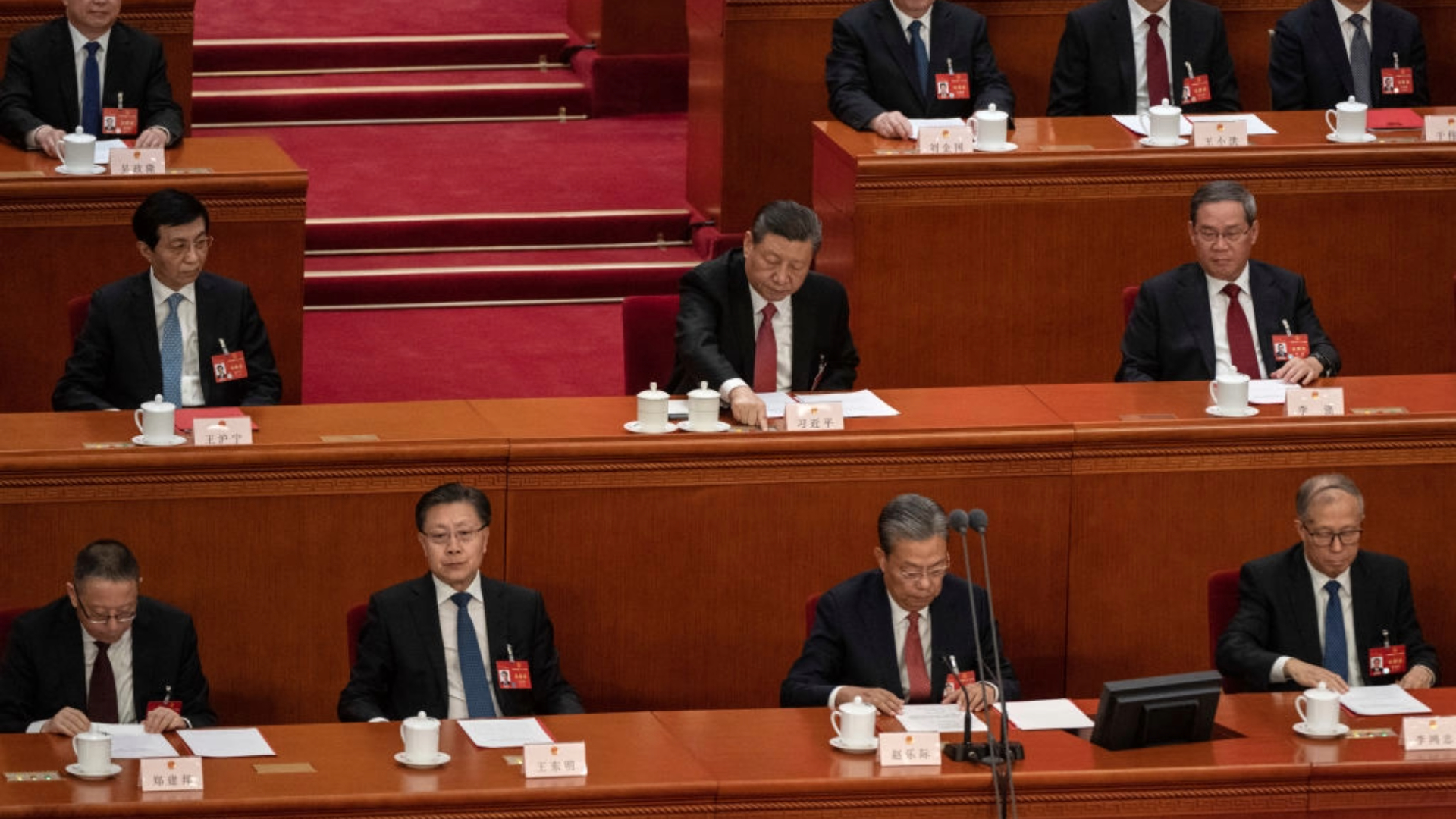Key Takeaways
- China’s Ministry of Industry and Information Technology has unveiled plans for a new blockchain platform to support the Belt and Road Initiative.
- The project is being led by Conflux Network’s Shanghai ShuTu Blockchain Research Institute.
- Blockchains can help solve cross-border trade friction between Belt and Road partners.
Since 2013, the Belt and Road Initiative has formed the centerpiece of China’s foreign policy under Xi Jinping. It aims to extend the state’s influence through development projects in Asia, Africa and South America.
As the program enters its second decade, on Saturday, March 30, the Chinese government unveiled plans for a new blockchain platform designed to enhance cross-border cooperation and reduce friction between Belt and Road participants.
Conflux Network Leads New Belt and Road Project
The new Belt and Road project is being led by the Shanghai ShuTu Blockchain Research Institute. This is linked to the Conflux Network – a public blockchain platform that could be a potential solution for China’s international trade needs.
Previously, the ShuTu Research Institute has explored deploying a yuan-pegged stablecoin on Conflux to help power cross-border payments for Chinese businesses. It is also working with China’s ongoing CBDC project.
The new platform will support international cooperation for various economic, trade and cultural Belt and Road projects.
Potential applications include driving supply chain transparency, enhancing cross-border payments and tokenizing trade documentation.
China’s Blockchain Ecosystem
Public blockchains are international by nature. However restrictions on the use of cryptocurrencies mean Chinese businesses encounter challenges when interacting with platforms like Ethereum. Nevertheless, Beijing continues to promote various applications of blockchain technology.
Thanks to the backing of the Ministry of Industry and Information Technology, the Conflux Network, sometimes referred to as the Chinese Ethereum, became an important alternative. However, it isn’t the only player in the country’s blockchain ecosystem.
Other noteworthy projects include Ant Group’s AntChain and VeChain. AntChain is an enterprise-facing platform that is integrated into China’s financial infrastructure. Meanwhile VeChain is a permissioned smart contract platform involved with the fields of logistics and supply chain management.
Infrastructure for the Belt and Road Initiative
Many of the challenges the new blockchain looks to solve relate to cross-border friction that slows the movement of money, goods and information between the 150-odd countries that participate in the Belt and Road Initiative.
While other countries benefit from Chinese investment, international transactions can take days or even weeks to settle when relying on legacy payment rails.
For example, when moving money between Tajikistan and Georgia, two beneficiaries of Belt and Road investment, businesses have traditionally relied on the dollar as an intermediary currency to facilitate complex interbank transactions.
According to RTGS Global CEO Jarrad Hubble, this meant recipients often wait for two weeks or more before payments arrive, creating a major trade barrier between the Central Asian countries.
While Hubble acknowledged that blockchains have a role to play in solving such problems, he said they must integrate with central bank systems to fully realize their potential.
As such, he observed that blockchain rails are one aspect of an emerging multi-layered payment stack. He said that “rather than simply fiat-to-fiat”, modern payment networks were becoming more about “value-to-value.”
Was this Article helpful?

